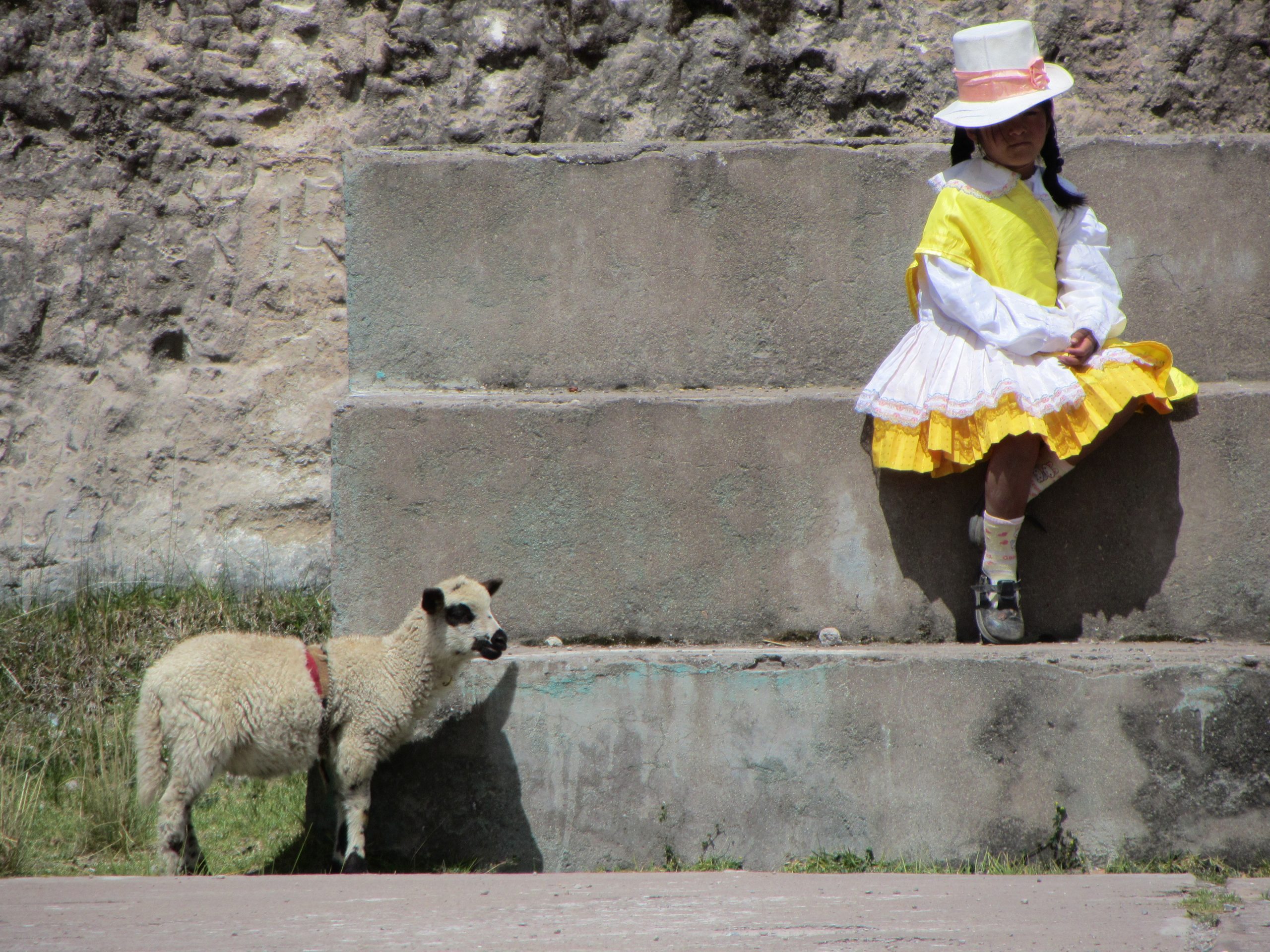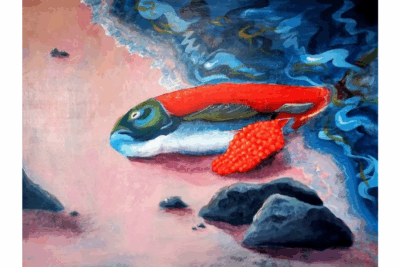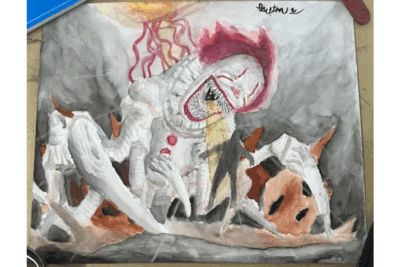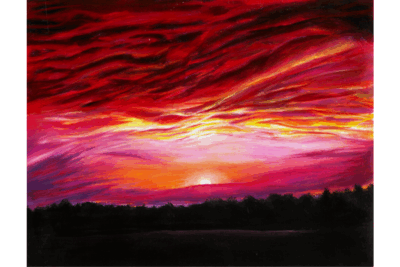Josh Yoder had never owned a camera before this summer. In preparation for his fall S.S.T. in Peru, the sophomore environmental science major purchased a simple point and shoot, not only to document his experience but to pursue a spiritual discipline.
Several years ago, Yoder learned about the Buddhist photography practice called “Miksang.” Translating to “good eye,” Miksang is a contemplative approach to photography with the goal of paying attention to simple, daily wonders.“I’ve never taken pictures before and am definitely not a gifted photographer,” Yoder said, “but this is a good way for me to be more in tune with my surroundings.”
This photo is one that Yoder snapped during his time of service in the Peruvian mountains. “I was invited to sit in the front row of a ceremony happening at the school I was working with,” he said, “And this girl was waiting for her turn to dance. It caught my eye because it was beautiful in a simple sort of way.”
That is Yoder’s general idea: to pay closer attention to colors, patterns, textures, and small phenomena that often go totally unnoticed. There is no fancy equipment and no editing involved in the process. “The ultimate goal would be to carry my camera in my pocket with me everywhere,” said Yoder. “There is so much information to process and brains can only handle so much. This changes the way I input information.”
Yoder values this alertness as a helpful spiritual practice. For example, another photo in his collection features a footprint in the snow, with a stick lying diagonally across the snow outline. “Most people would just walk over that,” Yoder said. “I look for simple subject matter that sticks out in a meditative way.”
Yoder said that he looks forward to becoming more intentional about training his eye in the Miksang tradition: “I am constantly looking.”



